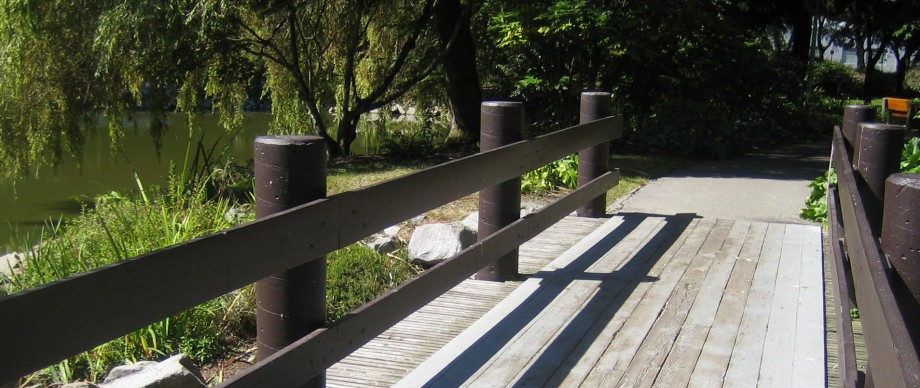Activity #3a: Geometry: Polygons
This week in geometry we are going to look at polygons. So what is a polygon?
A polygon is a shape made of connecting straight lines. The lines join together to make the sides of a closed shape. A side is also called an edge. The edges (sides) meet in corners. One corner is called a vertex. Several corners are called vertices. The name of the polygon tells you the number of edges (sides) it has.

Does that seem like a lot of new words? Don’t worry, it won’t take long and you will know these words quite well.
Here are the names of some polygons with the number of sides each one has.

Triangle: a triangle has 3 edges (sides).
Quadrilateral: a quadrilateral has 4 edges (sides). Examples are square, rectangle. rhombus, and trapezoid.
Pentagon: a pentagon has 5 edges (sides).
Hexagon: a hexagon has 6 edges (sides).
Heptagon: a heptagon has 7 edges (sides).
Octagon: an octagon has 8 edges (sides).
Nonagon: a nonagon has 9 edges (sides).
Decagon: a decagon has 10 edges (sides).
The more edges a polygon shape has, the more vertices it will have as well.
Sounds complicated? Well, once we go over it a few times I think you will find it is not that complicated after all.
Watch the video.
__________________________________________________
Polygon Robots
Let’s finish our introduction to Polygons by creating some polygon robots.
Print and then cut out the polygons (and some circles) from the paper below. Put them together to create a robot. You can colour and add details to your robot.
Robot shapes.
After you have created your robot, record your information. Count the number of each type of polygon and circle shape you used and how many edges (sides) and vertices that type of shape has. And don’t forget to name your robot!
Robot description.
****************************************
Activity #3b: Time: Units of Time
Let’s begin by thinking about the questions: What is time? How do you measure time? How do we tell time?
Let’s look at an overview of units of time:
As you can see there are seconds, minutes, hours, days, weeks, months, years, decades, and centuries. That is a lot of time!
You already know how to tell time by days, weeks, months, and years from when we studied Calendar Time. We looked at those units of time daily when we read the calendar and when we wrote the date. So instead, we are now going to look at smaller units of time. We are going to study Clock Time. This refers to the units of time called seconds, minutes, and hours.
So how long is a second? How long does a minute last? How long is an hour or many hours? Let’s find out.
Watch the video.
__________________________________________________
Estimating time practice.
Now that you have thought about how long do seconds, minutes, and hours last, let’s see if you can estimate how long it would take to do a particular task/event.
Time Estimation: answer yes or no to the questions.
**************************************************
Roman Numerals: Add & Subtract to 12
***LAST WEEK’S ANSWERS***
Here are the answers to last week’s Roman Numerals math:
